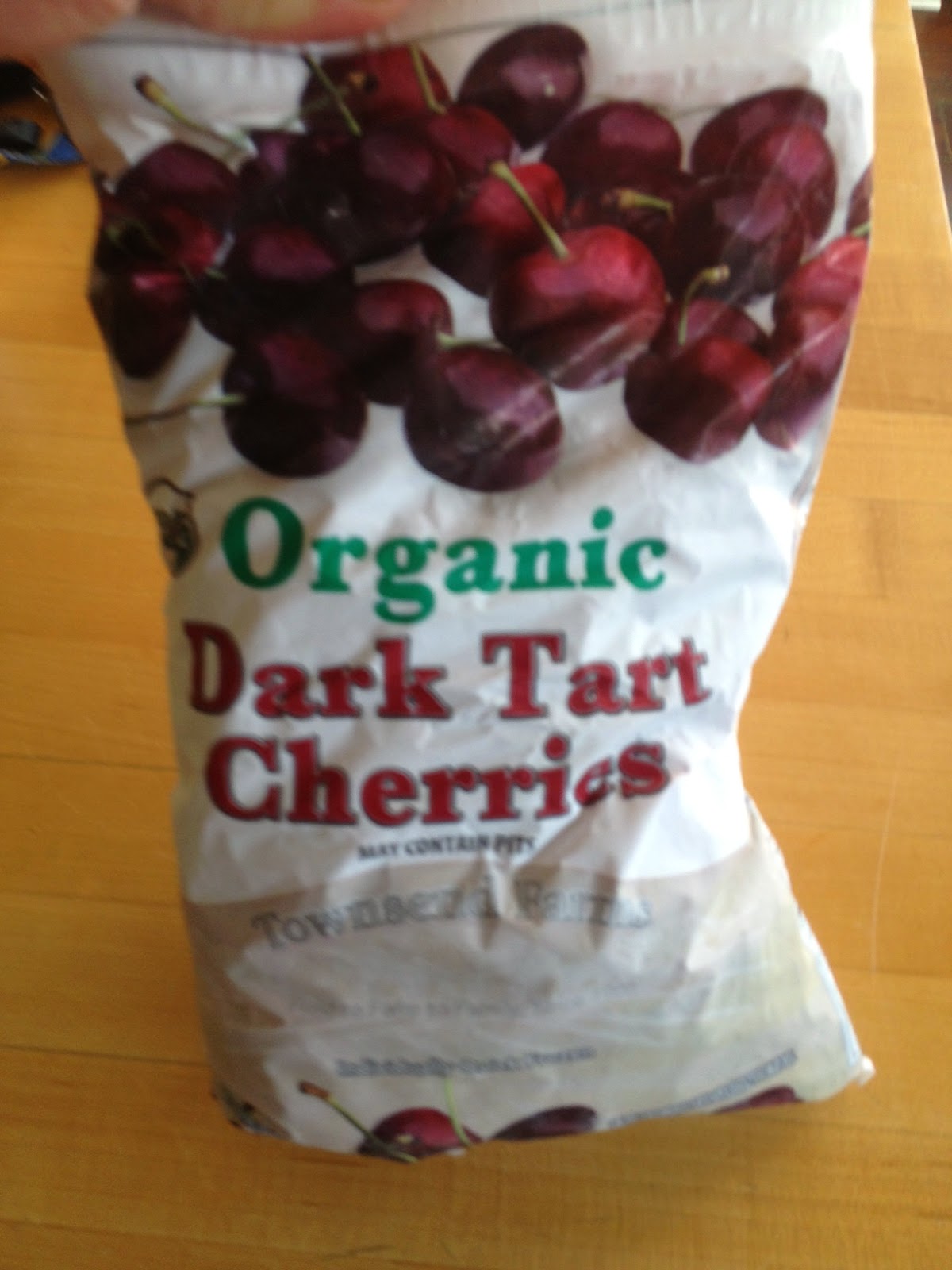So I have dabbled in sour beer brewing for about 7 years. I
have never really made a consistent effort in the brewing of sour beers
(something I think is important to do if you want to be successful) but I have
brewed a batch or two a year. This includes Berliner Weisse, Gose, Flemish
Sours and American Wild/Sour Ales. I have had two batches that I had to drain
pour, and a couple that have been great and served to great acclaim. My first
attempt just took 5th place at the San Diego County Fair, it was a 7
year old Flemish Red. I had a dark Saison get infected with my “garage” brett
strain and so I decided to start adding the dregs of some of my favorite sour
beers including Russian River and early batches of the Bruery beers. This beer
came out wonderful after having to wait a year and a half for diacetyl to get
cleaned up by the brett. I served this beer on tap at the 2011 NHC Club Night
here in San Diego. It was a big hit and the keg kicked quickly. I also brewed
three Berliner Weisse and two Gose that came out very tart and refreshing. I aged
the Gose on Cranberries, which ended up being a great combination of flavors.
As I mentioned in my last post I have been reading American Sour Beers and have
been re-inspired to brew more sour beers and do it with greater purpose and
consistency to build my skills and knowledge in this arena of brewing.
In the past few years I have tried to brew a Flemish Sour
every two years and now I have three versions sitting in my garage. I sampled
them and gave them some quick descriptives and letter grade. I have the notes
below. I also tasted a few beers that I hadn’t touched in a year to see where
they were in their funkification. One is a White Labs Berliner Blend and theother was a Sour Mash Berliner. My previous Berliners were using Wyeast and US
05. The other two beers were a Squash Saison brewed around the same time as the
Dark Saison, which was also infected by my “garage” strain of Brett. I also
added several dregs of commercial sours to this beer. It is close to 5 years
old and the diacetyl hung on for dear life the past 4 years. The final beer was
a 100% Brett. Anomalus from Al B at East Coast Yeast. The yeast was old at the
time brewed it and although I built up a starter the beer never really came
together well, lots of vinyl phenols. I remained patient and let it sit with my
fingers crossed and an optimistic outlook.
Below is the breakdown of my short tasting notes and letter
grades assigned to each beer. I have also noted the current treatments and thoughts
about what I might do with each beer.
Flanders Batch #1 (brewed 2007). White Labs Flemish Sour Ale
Blend. B- This beer is sour, not acetic, relatively one dimensional and has a
significant amount of vinyl phenols. I am thinking of pitching some additional
brett and fresh wort to try and convert the phenols, but maybe just more age is
needed. A good beer to use in a blend in the future.
Flanders Batch #2 (brewed 2009). White Labs Flemish Sour Ale
Blend. B+ This beer is super sour, has a rich balsamic vinegar quality to it. I
think this would be a good acid beer to blend with a newer less acidic
batch.
Rosy Rosalare: Flemish Sour (Brewed 2011). WYeast Rosalare.
B+ This beer has a nice tart flavor, with good structure that gives the beer a
nice mouthfeel. It has some fruity esters that remind me of cherries. It does
have some slight vinyl phenols. This has some great promise and the esters
scream, add cherries. I added 2 pounds of the tartest sweet fresh cherries I
could get at the farmers market and then I added 3 pounds of frozen dark tart
cherries I purchased from Costco.
Lacto Berliner: (Brewed 2013) B+ Light Sourness, Plain
taste, very light body. Since this beer was so mellow I decided to add 2 pounds
of frozen peaches from last year. I have heard peach is the hardest of the
fruits to show through in a sour, so I figured that this would be a good base
beer to test out how peaches do in sour homebrews. There was some small visible
signs of refermentation after I added the peaches.
Sour Mash Berliner. (Brewed 2013) B-/B Funky, Sour, some
fruit, but also a substantial vomit-like aroma and flavor, although the vomit
is les sin the flavor than the aroma. I have heard about this with sour mashes
so even though I’m frustrated with it, I expected it. If you can get past the
vomit aspects, the fruitiness and sourness are really nice. I had 3 pounds of
blackberries I froze last summer that I added to the beer about two weeks ago. There
was visible signs of refermentation after I added the blackberries. The vomit-like
aroma has almost dissipated at this point.
Sour Squash Saison (Brewed 2008) A- Strong sour, funky,
golden color. Good body and structure. Slight/balanced acetic. Could be blended
or dry hopped with a fruity, tropical or citrusy hop with good results. Diacetyl
has almost completely faded, but I have a larger threshold than most.
100% Brett a. (Brewed 2013) A This one was a surprise. I
didn’t add any souring bugs, and it has been aging in a corny keg, but the beer
came out sour, fruity, funky and a dark golden color. I came across some really
great nectarines and so I figured what the heck, lets throw these in with this
beer and see where it goes. I thought I would have to dump this batch 6 months
ago, glad I didn’t. I added almost 8 pounds of extremely fresh and tasty
nectarines to a carboy and racked the beer on top. I may dry hop as well or age
on some wine soaked oak cubes.








.jpg)




